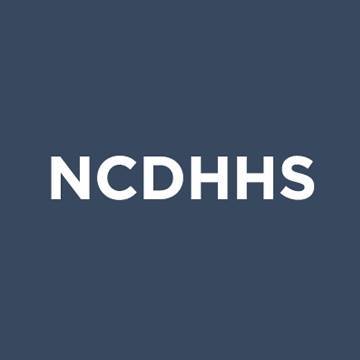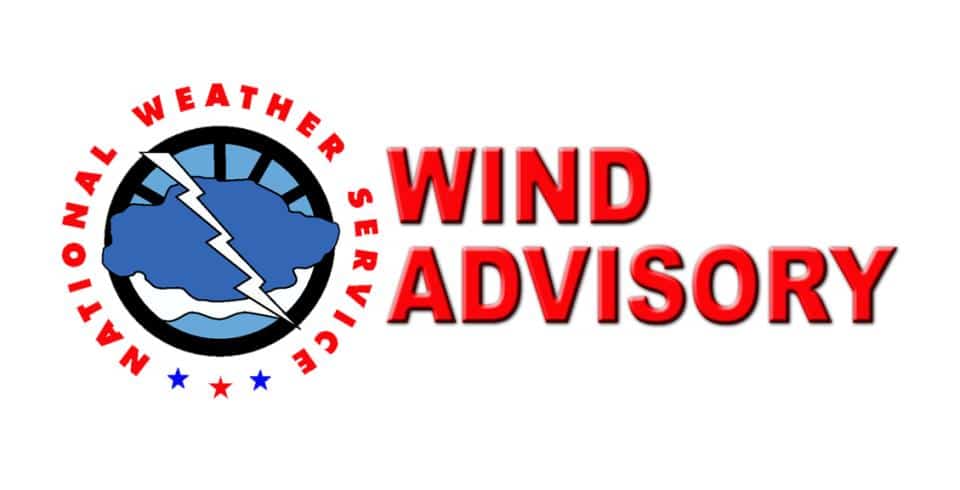
Last Updated on February 12, 2022 6:20 am
Raleigh
Feb 10, 2022
The North Carolina Department of Health and Human Services today announced updates have been made to the StrongSchoolsNC Public Health Toolkit focusing on strategies that are most effective at this stage of the pandemic, like vaccines, boosters, testing and masking, and no longer recommending individual contact tracing in K-12 schools. Additionally, NCDHHS recommends students and staff no longer be required to stay home from school following a COVID-19 exposure, unless they have symptoms or test positive. Similar updates will be made to the ChildCareStrongNC Public Health Toolkit.
Updates for both toolkits will go into effect Feb. 21, 2022.
“We are committed to ensuring North Carolinians have the guidance and information necessary to balance their risk during each stage of the pandemic and learn to live with COVID-19,” said NCDHHS Secretary Kody H. Kinsley. “Keeping kids in the classroom remains a top priority. As we have done throughout the pandemic, we evaluate which tools are most effective to protect students and staff. This is the right approach for this point in the pandemic and includes flexibility for local schools and health departments to use data to make informed decisions and respond to local conditions.”
Building on lessons learned during the Omicron surge and throughout the pandemic, NCDHHS continues to emphasize public health tools that are most effective in slowing the spread of COVID-19. These tools, which are outlined in the toolkit guidance, include promoting getting vaccinated and boosted, wearing a mask while transmission rates
are high, getting tested and staying home if sick.
“Our COVID-19 response is built on teamwork and trust between local officials, school nursing staff, child care staff and parents as we follow the science and use the best public health tools available to protect our children,” said State Health Director and NCDHHS Chief Medical Officer Elizabeth Cuervo Tilson, M.D. “When conditions change, we adapt our tools, prioritize what works and stay focused on our shared goal — keeping our children healthy and learning.”
Contact tracing has been an important tool in slowing the spread of COVID-19, and it remains important in certain high-risk congregate settings. However, several factors at this stage of the pandemic have lessened the overall effectiveness of contact tracing in K-12 schools and the broader community. These factors include:
- Emergence of variants with shorter incubation periods and rapid transmission.
- People with infections are most contagious prior to symptom onset and during the first few days of illness.
- Larger number of asymptomatic and less severe cases due, in part, to more immunity from vaccination and past infection.
- Many infections are never identified by public health agencies because people with asymptomatic or mild cases may not get tested and due to the Increasing use of “over-the-counter” at-home tests.
- Widespread virus and low rates of case and contact identification limit effectiveness of contact tracing to reduce transmission.
Although exclusion from school is no longer recommended following an exposure, notification of potential exposure is recommended. The updated toolkit includes options for schools to notify potentially exposed students or staff when a COVID-19 case is identified in the school setting. Local schools and health departments may opt to continue contact tracing; NCDHHS has provided suggested strategies in the toolkit for schools to consider based on local conditions.
NCDHHS regularly updates the StrongSchoolsNC Toolkit to ensure local K-12 schools have the best tools available to reduce the risk of COVID-19 and keep students in the classroom while also providing flexibility for schools and local health departments to use local data to evaluate and respond to local conditions.


















